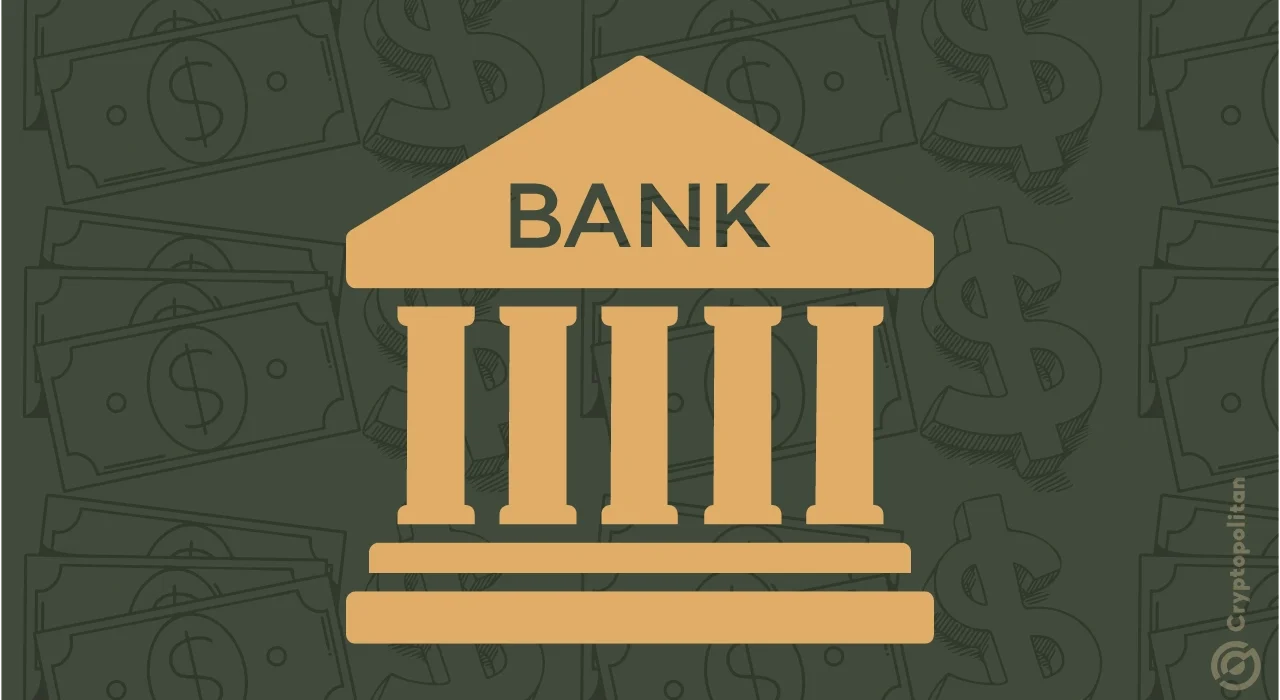Banks are headed for their weakest year in trading revenue since the pandemic, with numbers that scream struggle.
Coalition Greenwich estimates that over 250 global firms will scrape together $32 billion from G10 rates trading and $16.7 billion from currency trades in 2024. That’s a 17% and 9% drop, respectively, from last year.
Heavy hitters like Goldman Sachs, JPMorgan Chase, Citigroup, and Morgan Stanley are in the same boat. The culprits? Razor-thin margins, shaky investor confidence, and an economic backdrop that makes Wall Street look like a casino with bad odds.
Economic whiplash hits trading desks
This year, traders have been second-guessing every macro call. Economic data has been yanking forecasts like a yo-yo, and bets on interest-rate cuts from major central banks have turned into painful missteps. The U.S. presidential election, which feels more like a reality TV season finale, hasn’t helped.
Add to that the collapse of yen-funded carry trades, and markets are jittery, to say the least. Angad Chhatwal, Coalition Greenwich’s head of global macro markets, summed it up: “2024 has been a year of sitting and waiting on the sidelines.”
Hedge funds, the usual thrill-seekers, have barely dipped their toes in, popping up sporadically around major data dumps or market-moving events.
If traders were looking for clarity in economic data, they delivered the opposite. In the U.S., the Federal Reserve’s go-to inflation gauge (the personal consumption expenditures price index) rose in October. Part of the jump came from higher stock prices inflating fees for portfolio management.
Strip that out, and inflation cools to 2.4% from 2.8%. But the Fed doesn’t care about “what ifs.” These numbers will likely justify its decision to stop rate cuts.
Treasuries liked the news, with yields dipping as a result, but stocks stayed mostly quiet. Even so, JPMorgan is talking big, setting a year-end 2025 target for the S&P 500 at 6,500. That’s bullish, considering the index closed just below 6,000 on Wednesday.
Mortgage rates are falling, too, giving homebuyers a little breathing room and driving pending sales to a seven-month high.
Meanwhile, president Donald Trump is already shaking up regulatory sentiments. Rumors are flying about his picks for top financial posts. Paul Atkins, a seasoned regulator, might head the SEC.
But trading icon Donald Wilson wants to gut agencies and start fresh with a new watchdog. Trump actually wants the Commodity Futures Trading Commission (CFTC) to be in charge of crypto regulations.
Markets rattle under mixed signals
Chhatwal pointed out how funds have only shown up during major events or data releases, avoiding continuous activity. This hesitance has fed into the revenue slump for banks, with trading desks looking more like ghost towns than profit hubs.
The central banks aren’t helping, either. Their back-and-forth on rate policy has investors pulling their hair out. Earlier this year, traders piled into bets expecting sharp rate cuts, only to get whiplashed by data suggesting otherwise.
In the currency markets, once-popular yen carry trades have become a cautionary tale. The strategy, which involved borrowing cheap yen to invest in higher-yielding assets, unraveled spectacularly as the yen bounced unpredictably.
So global banks are caught in the crossfire. Revenue from G10 rates trading is plummeting, and currencies are following suit. Even for the big players, it’s a hard pill to swallow. The macroeconomic turbulence is too erratic, and no one seems ready to take big risks.
Land a High-Paying Web3 Job in 90 Days: The Ultimate Roadmap








